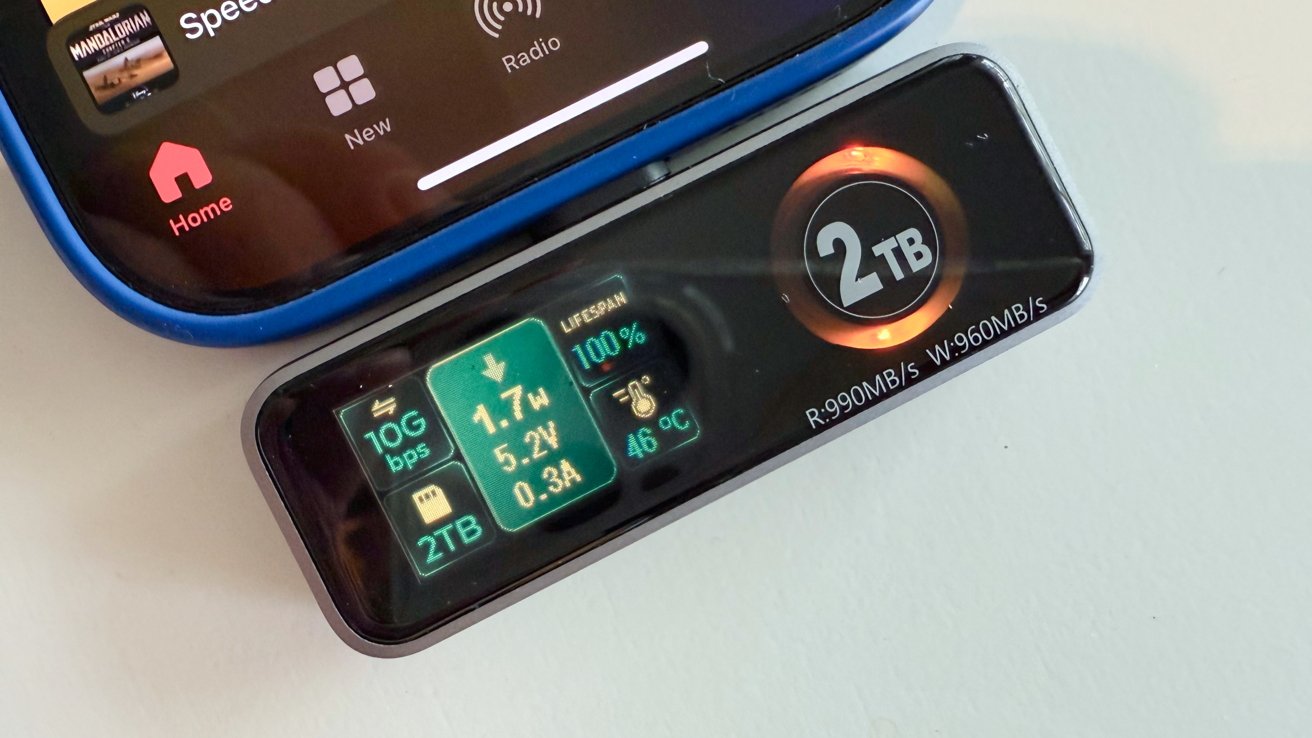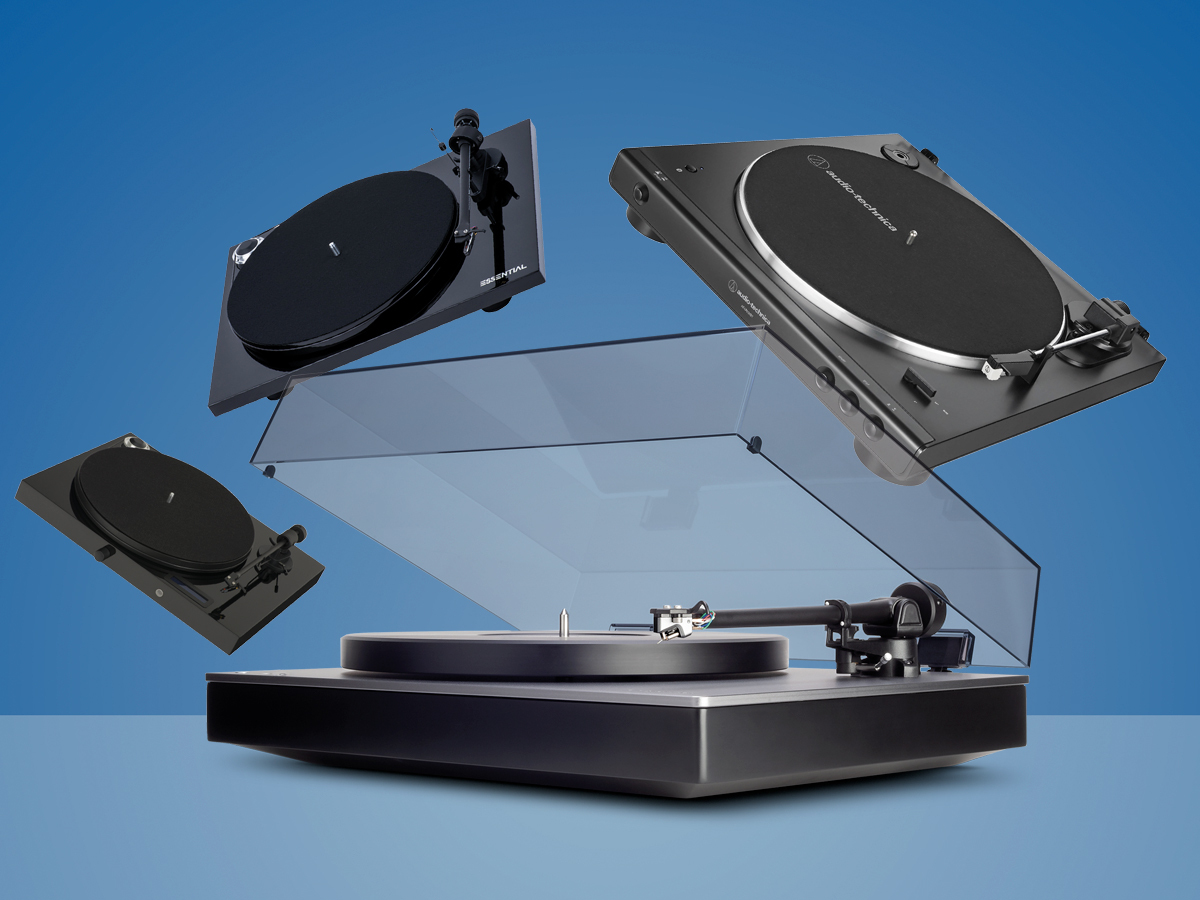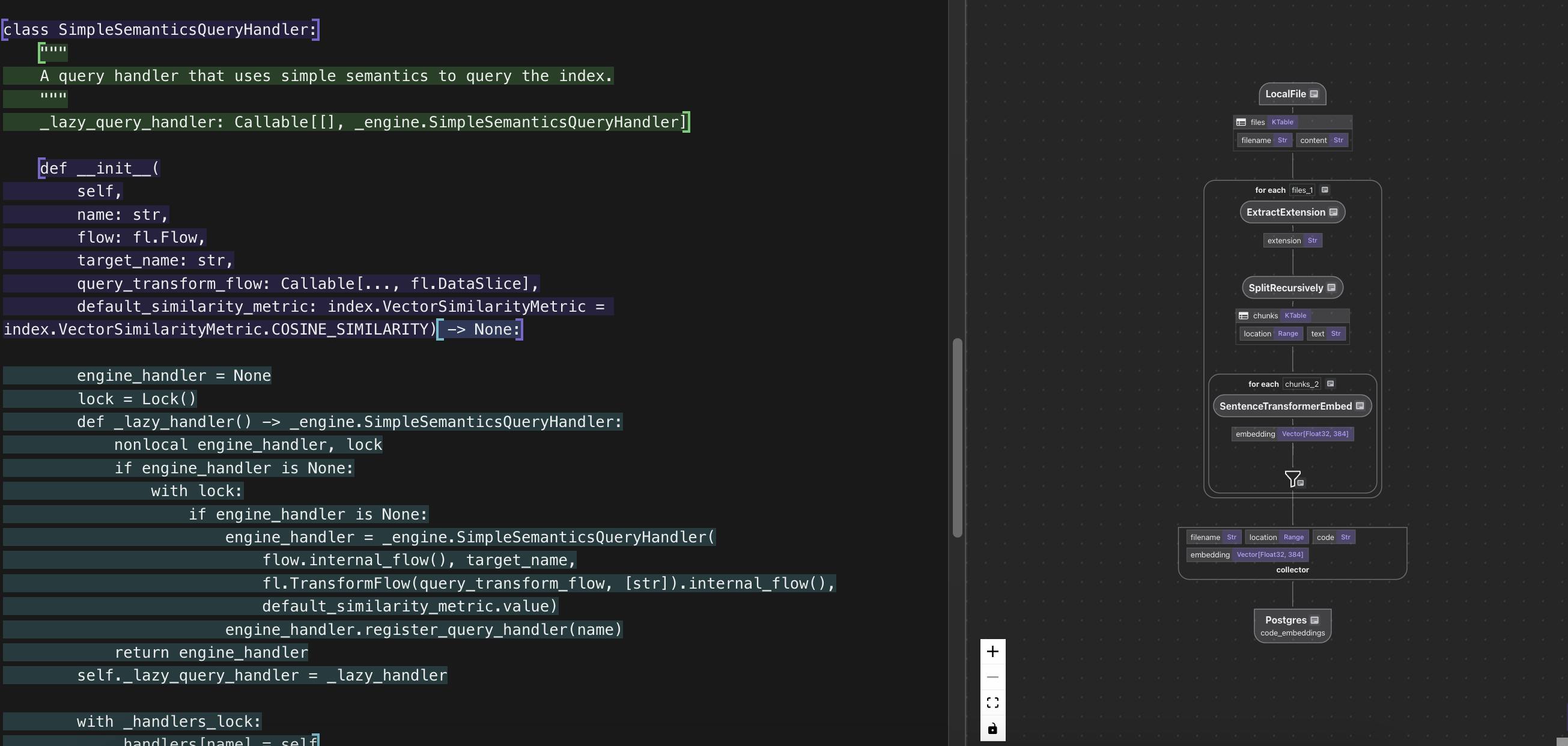Science fiction has always pushed the boundaries of our imagination. From movies like Star Wars to books by Arthur C. Clarke, these stories introduced big ideas like space travel, robots, and satellite networks long before they became real. Today, many of those once-impossible dreams are part of everyday life.
This article explores how science fiction has influenced real-world space technology. I will also look at how a modern project called Spacecoin continues that journey by using satellites to make money and communication more accessible worldwide.
How Sci-Fi Sparked Innovation
Science fiction, or “sci-fi,” is more than just entertainment. It allows writers and creators to imagine the future freely without worrying about cost or current technology.
That freedom often leads to ideas that scientists and engineers may later turn into reality.
Arthur C. Clarke’s Satellite Vision
In 1945, sci-fi writer Arthur C. Clarke wrote an article describing a network of satellites that could send signals around the world. This idea didn’t exist in real life, but it inspired scientists to make it happen. Today, satellites power GPS, the global internet, and phone networks.
Star Trek’s High-Tech Tools
The Star Trek TV series showed people using handheld communicators (like today’s cell phones), tablets, and voice-controlled computers. These tools seemed like science fiction in the 1960s. Now, we use similar devices every day. Many engineers say Star Trek helped shape their careers.
Real Tech That Started in Sci-Fi
Let’s look at real space technologies today that first appeared in sci-fi stories or shows.
Starlink: Internet from the Sky
SpaceX’s Starlink uses thousands of satellites to bring internet access to places without it. This idea of satellite-based communication has been featured in many sci-fi books and movies.
In those stories, people living on other planets or in remote areas use space technology to stay connected, just like Starlink does now.
Mars Rovers: Robots on Another World
NASA’s Mars rovers, like Perseverance, drive around the surface of Mars, studying rocks and soil. These smart robots are similar to the droids in Star Wars or the robots from older movies like Forbidden Planet (1956). Sci-fi excited people about space robots, which helped push real science forward.
Reusable Rockets
Many rockets used to burn up after a single trip to space. Sci-fi stories often imagined rockets landing safely and being used again, like in the Thunderbirds show or Robert A. Heinlein’s books. Today, companies like SpaceX reuse rockets to save money and reduce waste.
Spacecoin: Sci-Fi Ideas Meet Modern Tech
Spacecoin is a new project that uses satellites to build a different financial system. It allows people to send and receive digital money (cryptocurrency) without needing internet or cell service.
Why Use Satellites?
Most digital money systems depend on the Internet. But what if you’re in a place without connection, like a remote village or during a natural disaster? With satellite networks, Spacecoin lets people make secure payments from almost anywhere on Earth.
This idea sounds like it’s from a sci-fi movie. In many stories, people in space or off-grid locations still manage to trade and communicate using satellite tools. Spacecoin makes that vision real.
Sci-Fi Parallels
- In the show Firefly, people trade across planets using space-based systems. Spacecoin does something similar here on Earth.
- In books like Snow Crash, people use digital money controlled by smart contracts. Spacecoin uses blockchain to do just that.
- In many sci-fi stories, privacy and freedom are protected through high-tech systems. Spacecoin offers those same protections through encryption and decentralized tools.
How Sci-Fi and Real Tech Inspire Each Other
The connection between science fiction and real technology works both ways:
- Sci-fi shows bold new ideas.
- Engineers and scientists get inspired and build them.
- These new inventions give writers new material for future stories.
For example, after Starlink became popular, sci-fi books started featuring more believable space-based internet systems.
Now that satellite-based money like Spacecoin is real, writers are beginning to include it in their stories, too.
Movies and TV Help Us Understand Space
Movies don’t just entertain, they also teach. When The Martian came out in 2015, it showed what life might be like for someone stuck on Mars. NASA helped with the film to ensure it was mostly accurate. The movie helped people understand the science and sparked interest in space careers.
Even Elon Musk, founder of SpaceX and Tesla, has said movies like Iron Man and Blade Runner influenced him. Those futuristic styles can be seen in Tesla dashboards and SpaceX space suits.
Big Challenges Ahead
Turning sci-fi into real life isn’t always easy. There are still many challenges:
- Money: Some ideas are too expensive to build today.
- Ethics: Real-world tech must consider safety, privacy, and fairness, something sci-fi sometimes ignores.
- Science Limits: Some concepts, like faster-than-light travel, are impossible.
Still, sci-fi gives us a direction to explore. Even when an idea isn’t possible now, it can spark research that leads to discoveries.
A Future Powered by Satellites
Spacecoin is just one example of using satellite tech for more than communication. Similar systems could support:
- Remote learning, where students in faraway places get access to the same lessons as city schools.
- Emergency support, where rescue teams use satellite networks after disasters.
- Health care is where doctors are advised by satellite in areas without hospitals.
Sci-fi dreamed of a future where space tech helps everyone. With Spacecoin and projects like it, that future is starting now.
Final Thoughts
Science fiction shows us what is possible, gets us excited about the future, and sometimes helps make that future real.
From Arthur C. Clarke’s satellite vision to SpaceX’s Starlink and now Spacecoin’s global mission, sci-fi has guided innovation for decades. Ideas once only found in books and movies are now part of our daily lives.
And as we continue to build the future, sci-fi will keep lighting the way.














